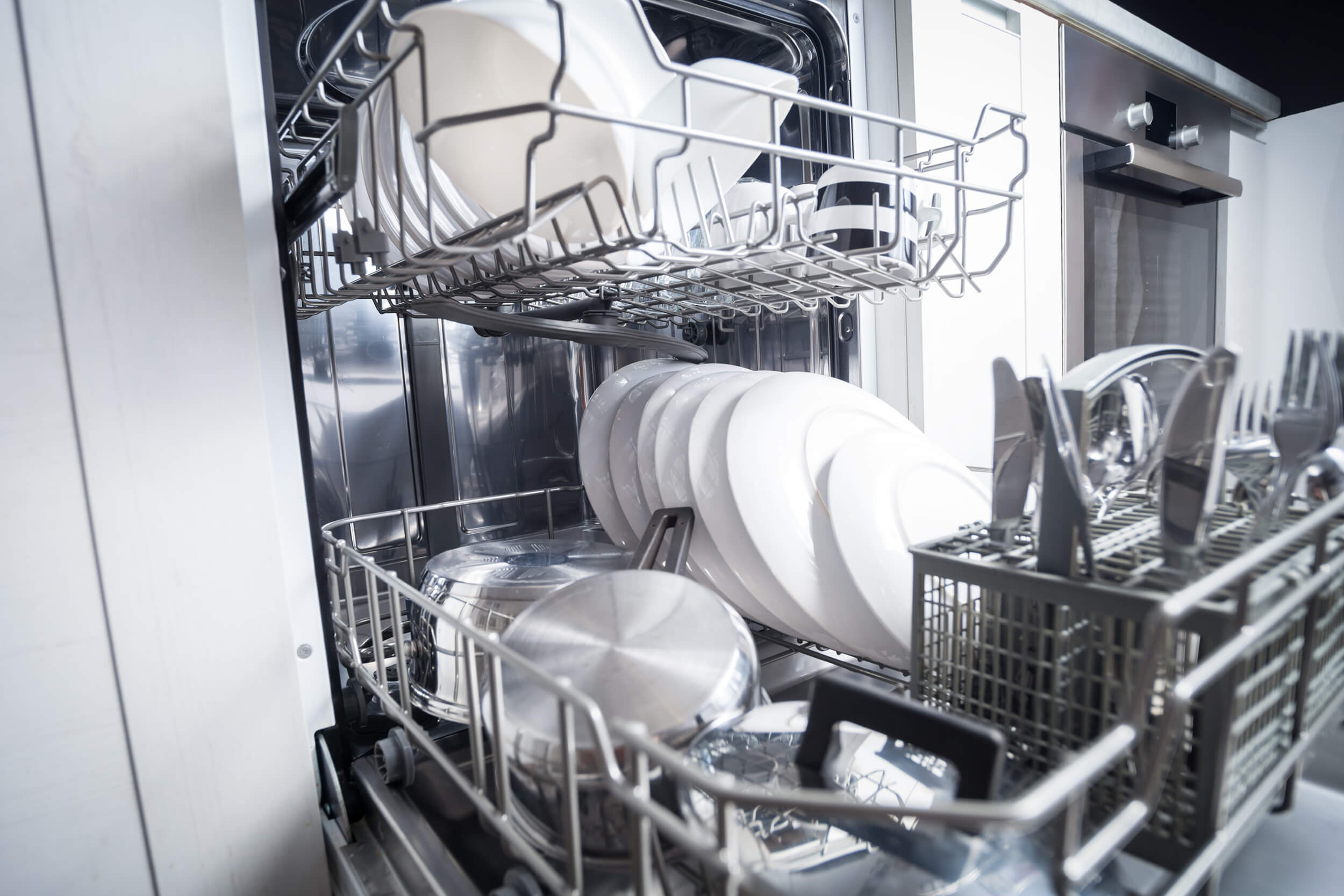In a dose of bad news yesterday, the U.S. Department of Energy (DOE) proposed to settle a lawsuit brought by the American Public Gas Association (APGA) that seeks to roll back gas furnace efficiency standards. As a result, the new standards, completed in 2011 and slated to take effect this May, would be eliminated in favor of yet another round of DOE hearings and studies. The losers: consumers and the environment. The bill: more than $10 billion in lost savings and an extra 80 to 130 million metric tons of completely unnecessary global warming emissions, according to DOE’s analysis.
With new evidence piling up confirming that we need to be seriously ramping up efforts to stave off the worst effects of climate change, now is a lousy time to go backwards on simple steps like improved home heating energy efficiency. Space heating remains the single largest home energy use. The standards would have required that gas furnaces installed in the northern half of the country reach 90% or better efficiency. Today’s basic furnaces have an efficiency of just 80%, so the standards would have yielded about 11% savings for consumers.
DOE based the new standards on a compromise struck between efficiency supporters (including consumer groups and environmental advocates) and furnace manufacturers. Some gas utilities, especially in the northernmost states, supported the standards, while others were less enthralled. The nation’s investor-owned gas utilities, represented by the American Gas Association (AGA), were concerned that some consumers might face high incremental costs to install 90% or better furnaces. Together, AGA, the Natural Resources Defense Council, the American Council for an Energy-Efficient Economy, the Appliance Standards Awareness Project, the Alliance to Save Energy, and others developed a proposal to allow exemptions in those rare cases where a consumer might face extraordinary costs to install a high-efficiency furnace compared to an 80% efficient unit. This proposal satisfied AGA, which decided it could live with the new standards.
But APGA could not be satisfied. They argued that consumers would flock to electric resistance furnaces rather than install high-efficiency gas furnaces. However, electric resistance furnaces have a smidgen of current market share (about 5% according to the Energy Information Administration) and given the huge (and improving) operating cost advantage for gas over electric furnaces, no homeowner or landlord in their right mind would install an electric furnace to replace gas heating.
The proposed DOE-APGA settlement document does not provide any clues as to why DOE caved. DOE had built a strong record supporting the new standards, finding them to be solidly cost-effective for consumers and had refuted claims about exorbitant incremental costs and fuel-switching risks. The standard’s main vulnerability concerned the process by which DOE adopted the final rule rather than its substance. The 2007 energy law created a new process allowing for “direct final rules” when diverse parties provide a consensus recommendation. Unfortunately, APGA’s vocal objections to the “consensus” may have spooked DOE, raising concerns that a court would overturn the rule.
A new furnace rulemaking would be the latest chapter in a tortuous history. By law, the revised furnace standard was due in 1994 and should have taken effect in 2002. But DOE botched its first attempt for a new standard in 2007, and now with this proposed settlement, it looks unlikely that new furnace standards will take effect until sometime after 2020, almost twenty years late. That’s no way to make saving energy a priority.
Harvey Sachs of ACEEE and Joanna Mauer and Marianne DiMascio of ASAP contributed to this blog.





